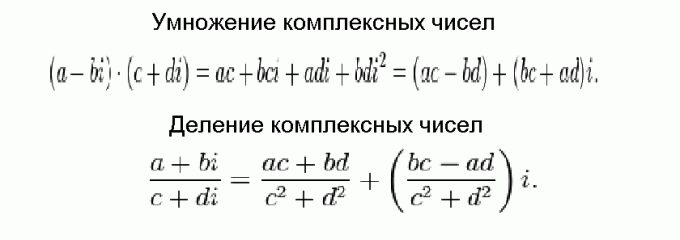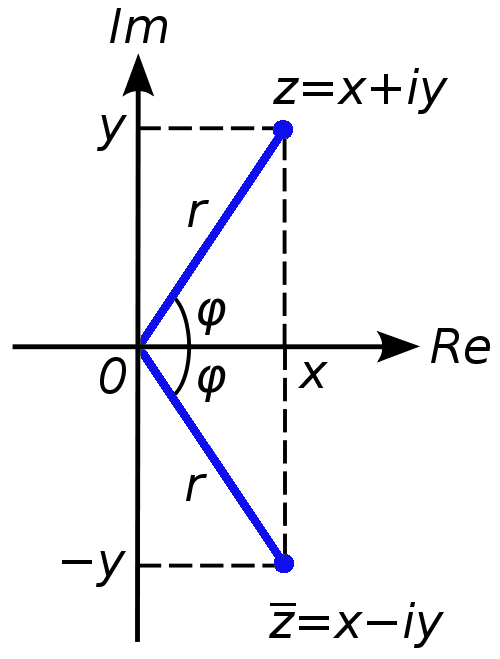You will need
- Handbook on mathematical analysis
Instruction
1
Complex numbers are used to extend the set of real numbers. If the real numbers can graphically represent on the coordinate axis, in order to represent a complex number would require two coordinate axes (abscissa and ordinate). Complex numbers can be obtained in the case, for example, if the quadratic equation discriminant is less than zero.
2
Any complex number can be represented as a sum x+yi, where x is real part of complex number c and a number y is the imaginary. The character i in this case is called the imaginary unit, it is equal to the square root of minus one (in real numbersx, the operation of extracting the square root of negative numbers is forbidden).
3
To perform the operation of addition (subtraction) on two complex numbers, just remember a simple rule: real parts are added separately, imaginary separately. That is:
(x1+y1*i)+(x2+y2*i)=(x1+x2)+(y1+y2)*i.
(x1+y1*i)+(x2+y2*i)=(x1+x2)+(y1+y2)*i.
4
Multiply and divide complex numbers much more complicated than add and subtract, but in the end it all comes down to trivial formulas. These formulas are presented in the figure and obtained by means of the usual algebraic transformations, given the fact that the folding of complex numbers you need in parts, and the square of the imaginary unit equal to negative one.

5
Sometimes in missions you want to calculate modulus of complex number. Make it easy. You need to take the square root of the sum of the real and imaginary part of a complex number. This will be the numerical value of the modulus of a complex number.
Useful advice
In most cases, solve examples with complex numbers is possible without special knowledge of the formulas. It is sufficient to use the definition of complex numbers and the algebraic transformations.




